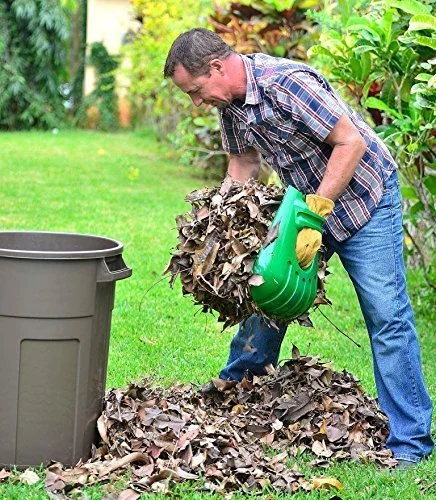Raking up and disposing of leaves is a time-honored ritual of autumn, but are ways of putting them to better use in a yard.
Ecologically, the best way to deal with leaves in the yard is to mulch them where they fall and let them decompose to release their minerals back to the soil.
In well managed turf, leaf drop from shade trees is not always a nuisance that requires raking. A moderate amount of leaves chopped with a mulching mower can be allowed to decompose into the turf.
Leaves are high in nutrients like iron, zinc and copper. They are also rich in organic matter, a valuable commodity for the turf, existing trees and shrubs.
The acidity of the leaves is a common concern with many homeowners. Fresh oak leaves may initially lower soil pH but as leaves decompose, the pH will gradually build to a neutral level causing little concern.
Another concern is smothering out the turf if leaves are allowed to remain.
Leaf cover that is too thick may cause excessive moisture under the leaves or drastically reduce sunlight to the turf.
In some cases, leaves may accumulate to a depth that, even after mulching, will smother out the turf. If so, it is best to remove the leaves and shred them in another location.
Other options are to incorporate them into an annual flower or vegetable garden, start a compost pile, deliver them to a yard waste recycling center to be composted or create leaf mold.

